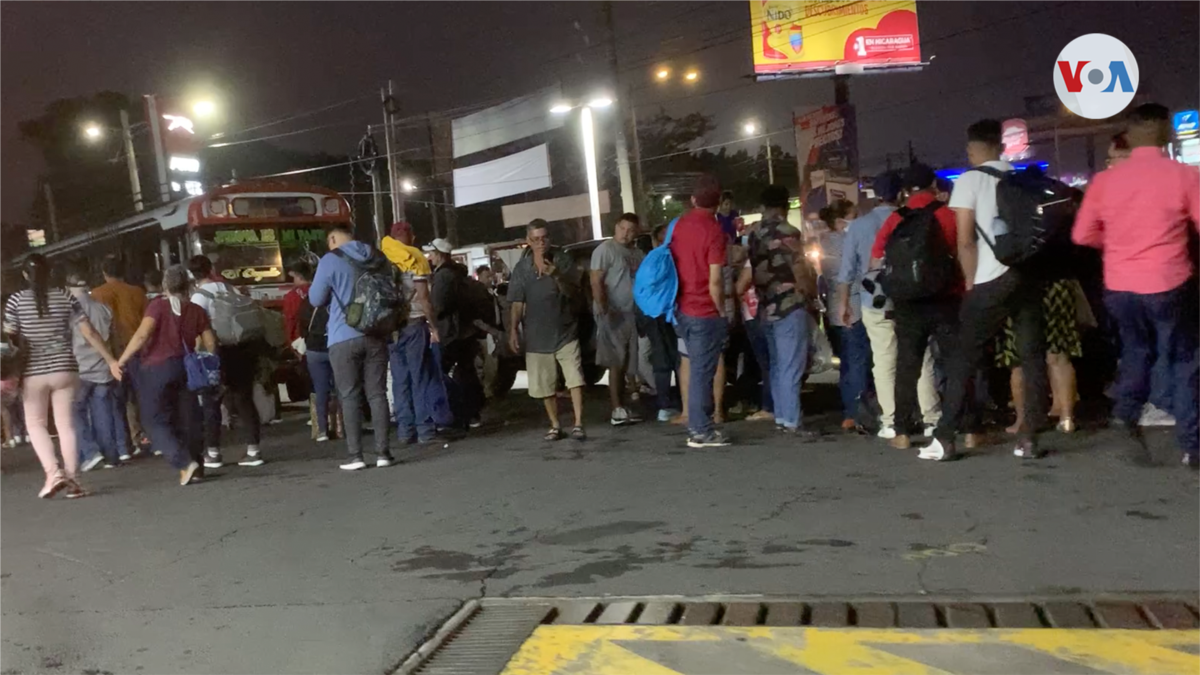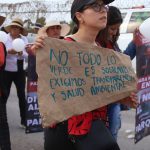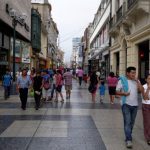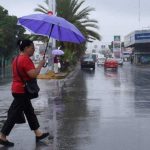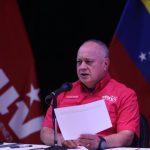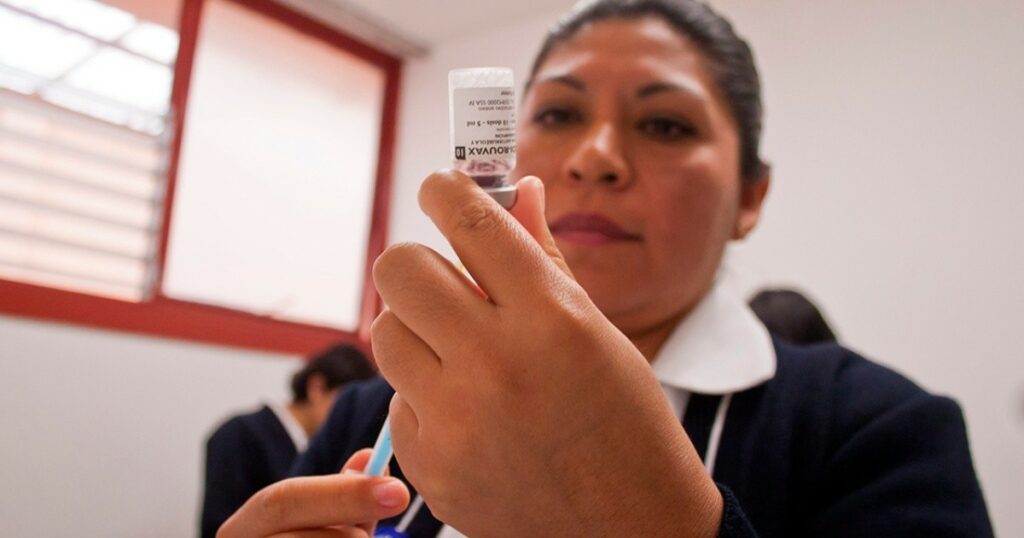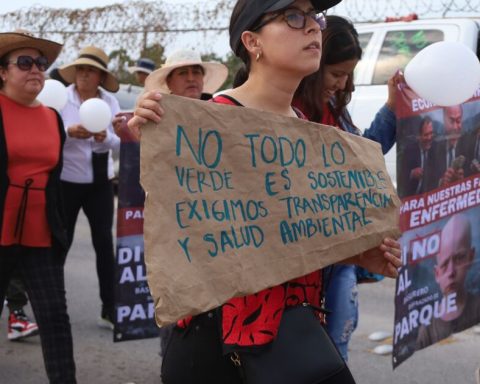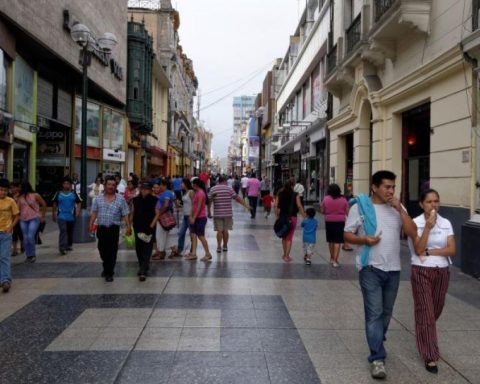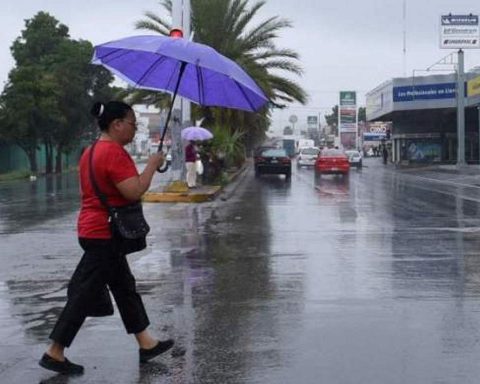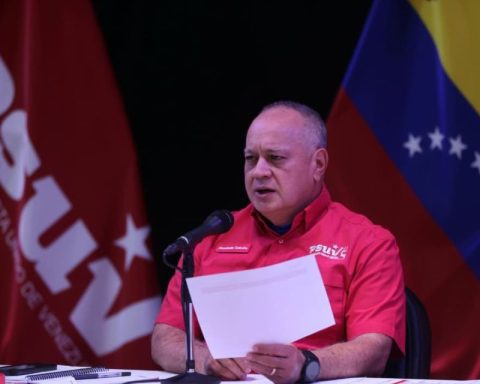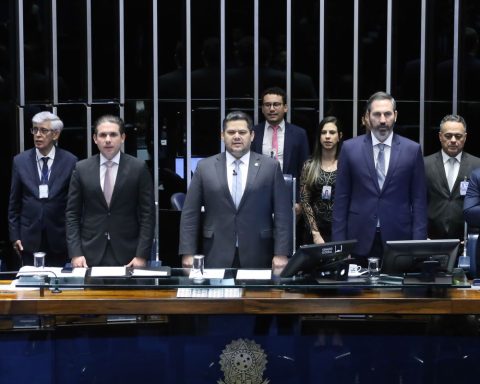Two days before the trip, *María packed her things in a backpack. She was leaving Nicaragua on a sightseeing excursion to Guatemala. But her goal was to continue to the United States.
The 33-year-old woman, who asked not to reveal her real name for fear of reprisals from the Nicaraguan government, worked as a teacher in a primary school, with a salary of 200 dollars a month. To pay for the trip, she mortgaged her house. With that money she paid the 160 dollars for her excursion to Guatemala, and with most of the rest of the money she paid the so-called “coyotes” who were going to take her from Guatemala to Mexico and later to the southern border of USA.
Something similar was done by Jorge Luis Bermúdez, 35, who left Masaya, south of Managua, a little over a month ago, on an excursion that reached Guatemala. He sold his car and some belongings to start the trip to the US. The cost of the excursion was 150 dollars. These excursions or tourist trips are more accessible in relation to a plane ticket, which ranges between 300 and 500 dollars to Guatemala, he assured.
Taking advantage of a 2005 mobility agreement -signed by El Salvador, Guatemala, Honduras and Nicaragua- that allows citizens of those countries to transit through them without a passport, Nicaraguans are leaving their country on tourist excursions that they actually use as bridge to continue towards the US, says Hans Amaru Cano, from the Pastoral de Movilidad Humana, based in Guatemala.
Migrants benefit from the regional agreement, known as CA-4, and travel on buses that go on excursions to Guatemala, and from there they begin “their journey through all of Mexico” to the US border, added Amaru Cano.
The tour operator that María used makes two trips a week: Tuesday and Friday. But in Managua there are more services of this type that leave the gas stations. The people in charge of coordinating the trips have everything planned, the woman said.
“In theory, they are excursions, because they take you there, to the point, which is in the capital of Guatemala, to a hotel, and everyone gets off there,” he said.
In the case of Bermúdez, the tour operator leaves Masaya on Friday nights and takes three days to reach Guatemala.
The Nicaraguan authorities do not offer specific data on the departure of bus excursion trips, but Amaru Cano assures that thousands of people travel that way. The demand is so great that he tried to book a trip for his mother from Nicaragua to Guatemala in October and several tour operators told him there were no seats until December.
Arturo Cano, president of the Nicaraguan National Chamber of Tourism, told the voice of america that it is not possible to know the number of businesses that offer these excursions or the number of passengers they transport, since “many are temporary, others are not registered and others travel in groups on the land transportation lines that connect Central America.”
The General Directorate of Migration and Foreigners said that last week it registered 69,086 services and attentions of “entrances and exits through the border posts of nationals and foreigners”, without specifying more data.
According to the National Institute of Migration of Honduras, from the beginning of the year to November 16, 276,340 Nicaraguans entered that country, 117,354 of them in transit to Guatemala.
Guatemalan Migration and Aliens did not respond to a request for comment from the voice of america on the number of Nicaraguan tourists entering the country.
Between October and November of this year, 20,983 Nicaraguans were detained at the southern border, according to CBP figures. Last August the figure was 11,832 and in September 18,276, according to data from the US Customs and Border Protection Office (CBP).
In fiscal year 2022, there were 160,600 arrests of Nicaraguans at the southern border, compared to 50,722 in 2021 and 3,164 in 2020.
The United States embassy in Managua has warned about the danger of making irregular trips to the southern border and ensures that there are no guarantees that people will be able to enter the US.
In a publication at the beginning of November, the US embassy warned against being fooled by “false promises from coyotes”, which in some cases end up causing tragedies or in kidnappings.
Nicaragua has been experiencing a political crisis since 2018, when protests against President Daniel Ortega arose, which were repressed, leaving at least 300 dead and dozens injured and detained.
The UN Refugee Agency (UNHCR) records that more than 200,000 Nicaraguans have emigrated from Nicaragua since 2018.
Former opposition lawmaker Enrique Sáenz said that emigration has increased dramatically in recent months as the political crisis deepens, a reflection of “the hopelessness” that exists in the country.
Connect with the Voice of America! Subscribe to our channel Youtube and activate notifications, or follow us on social networks: Facebook, Twitter and instagram.
